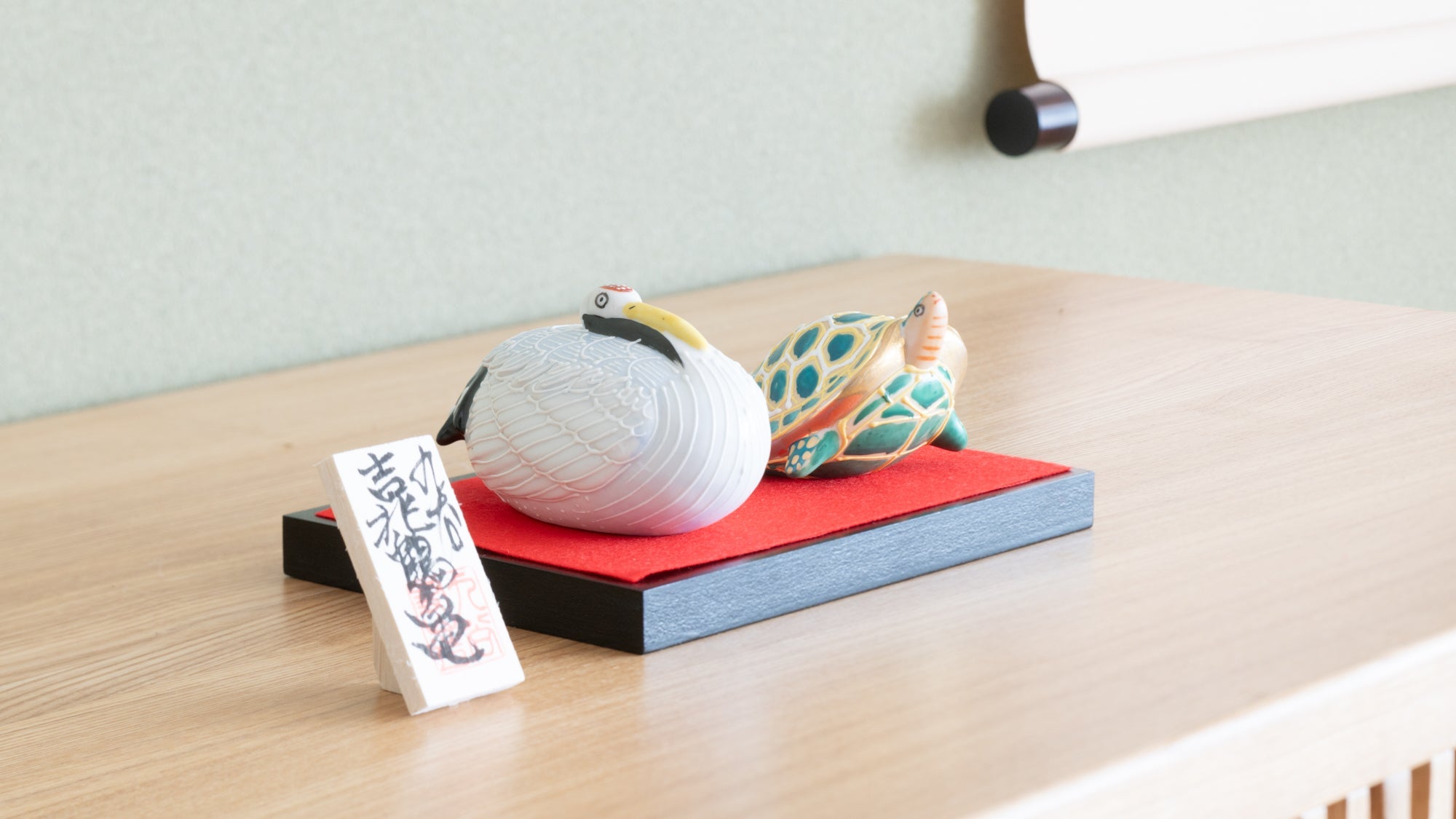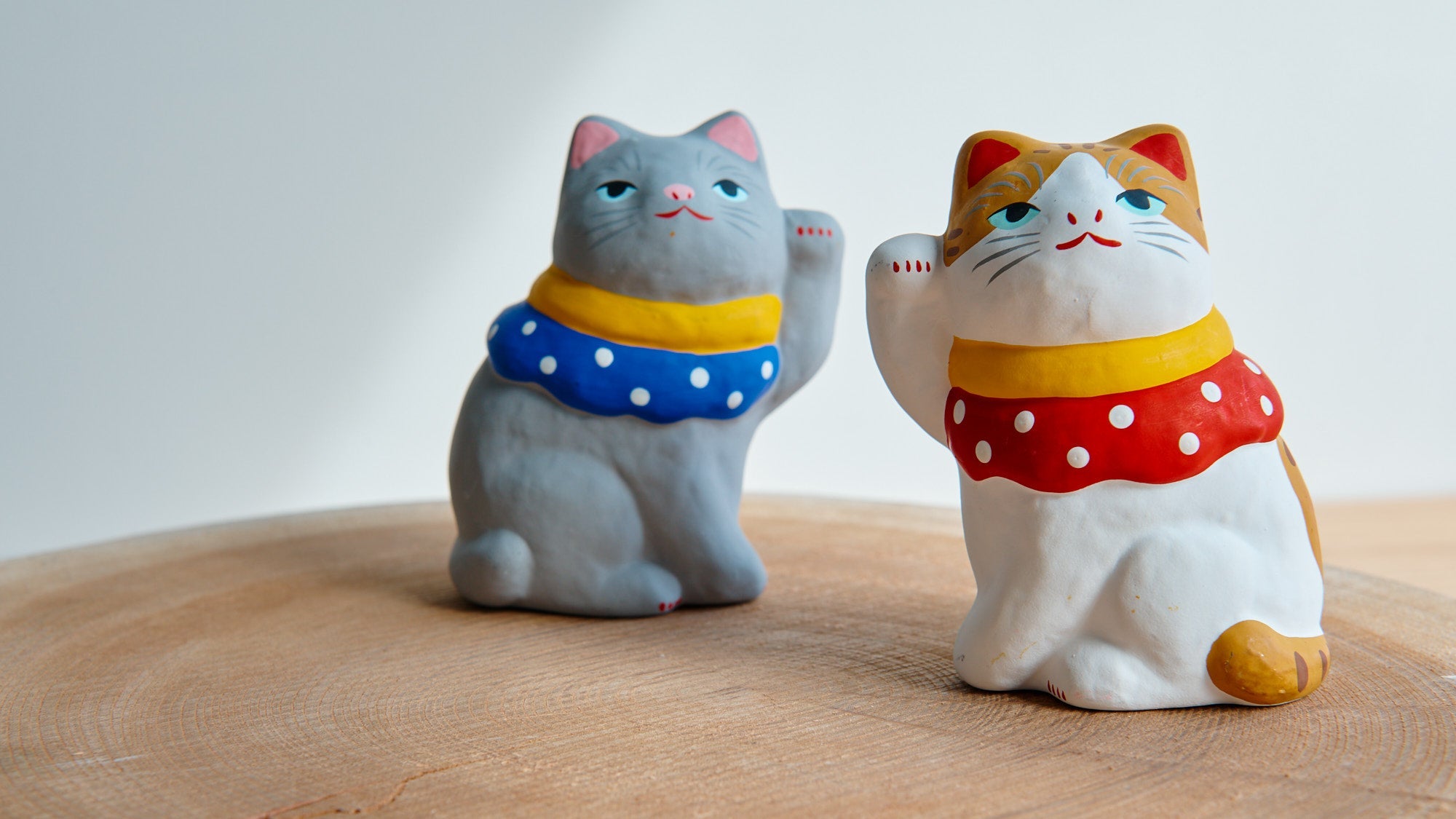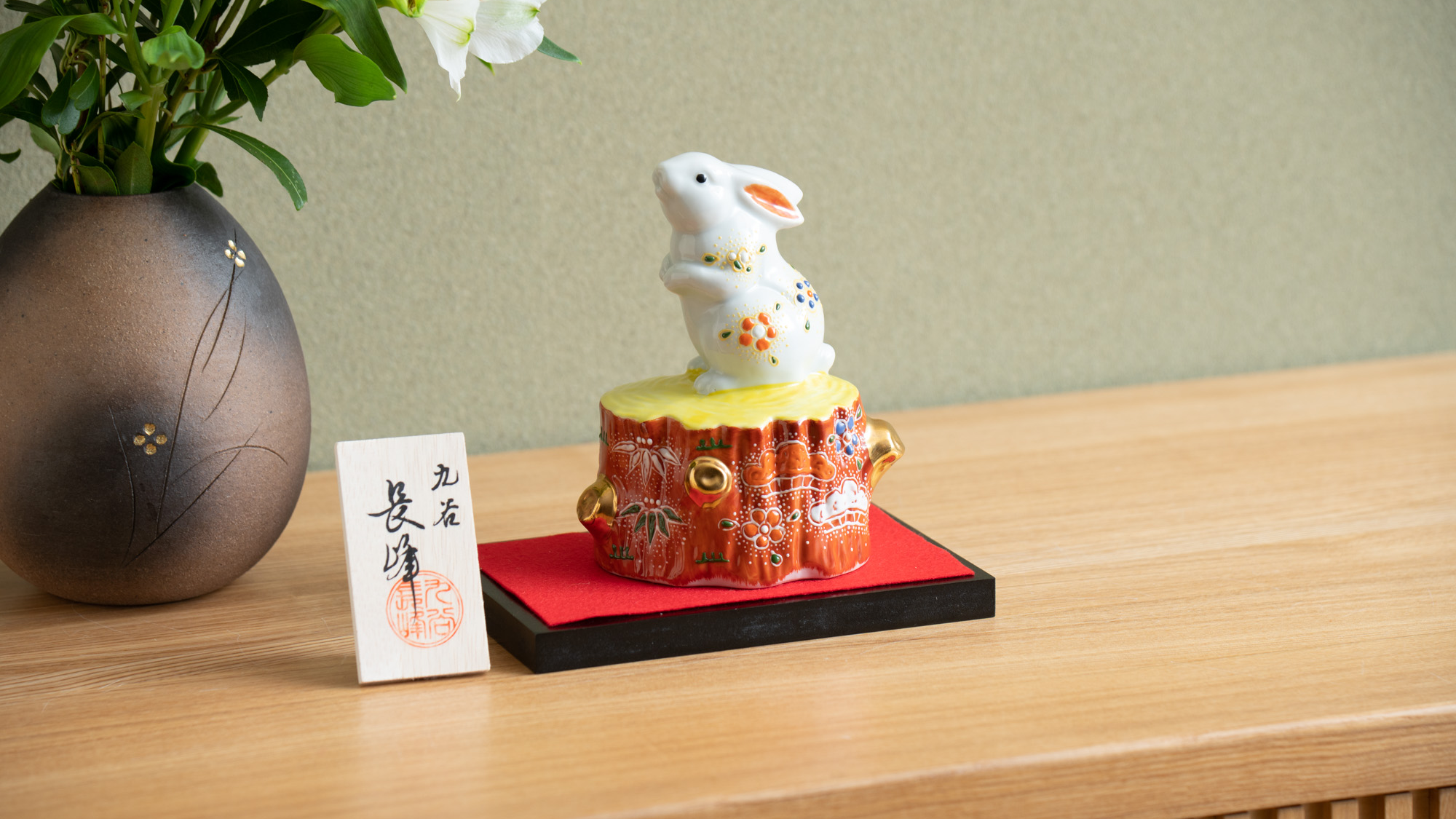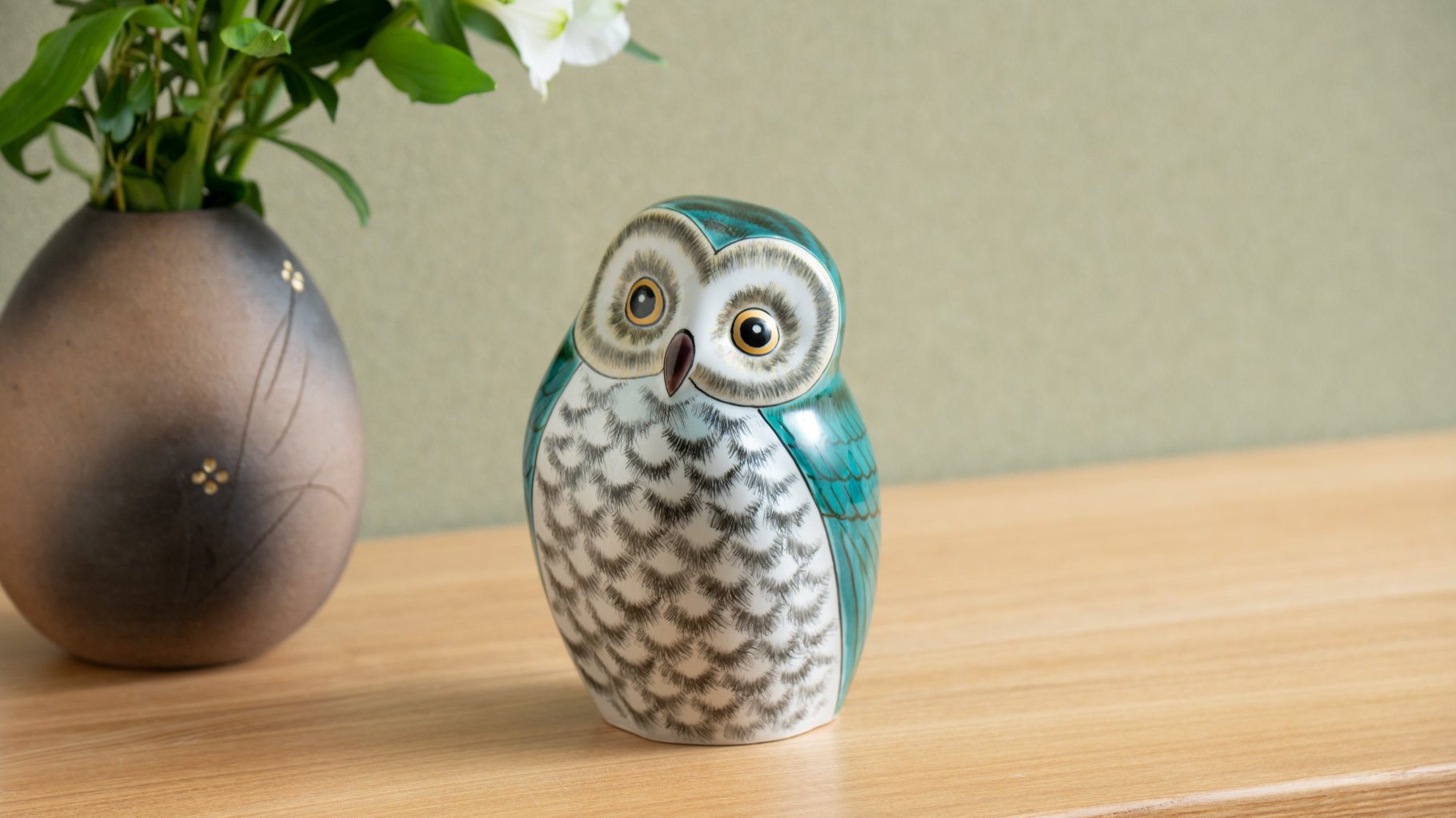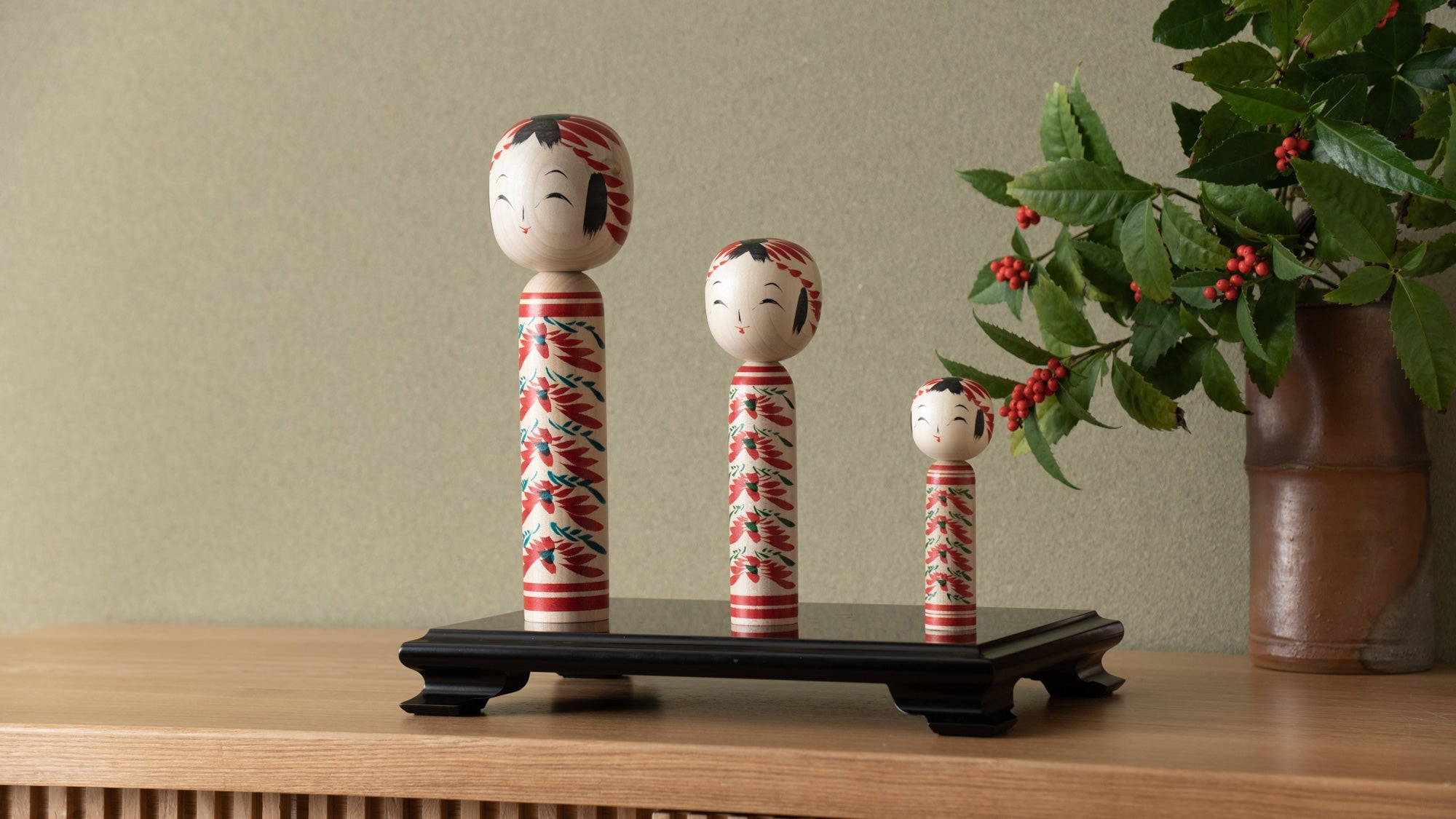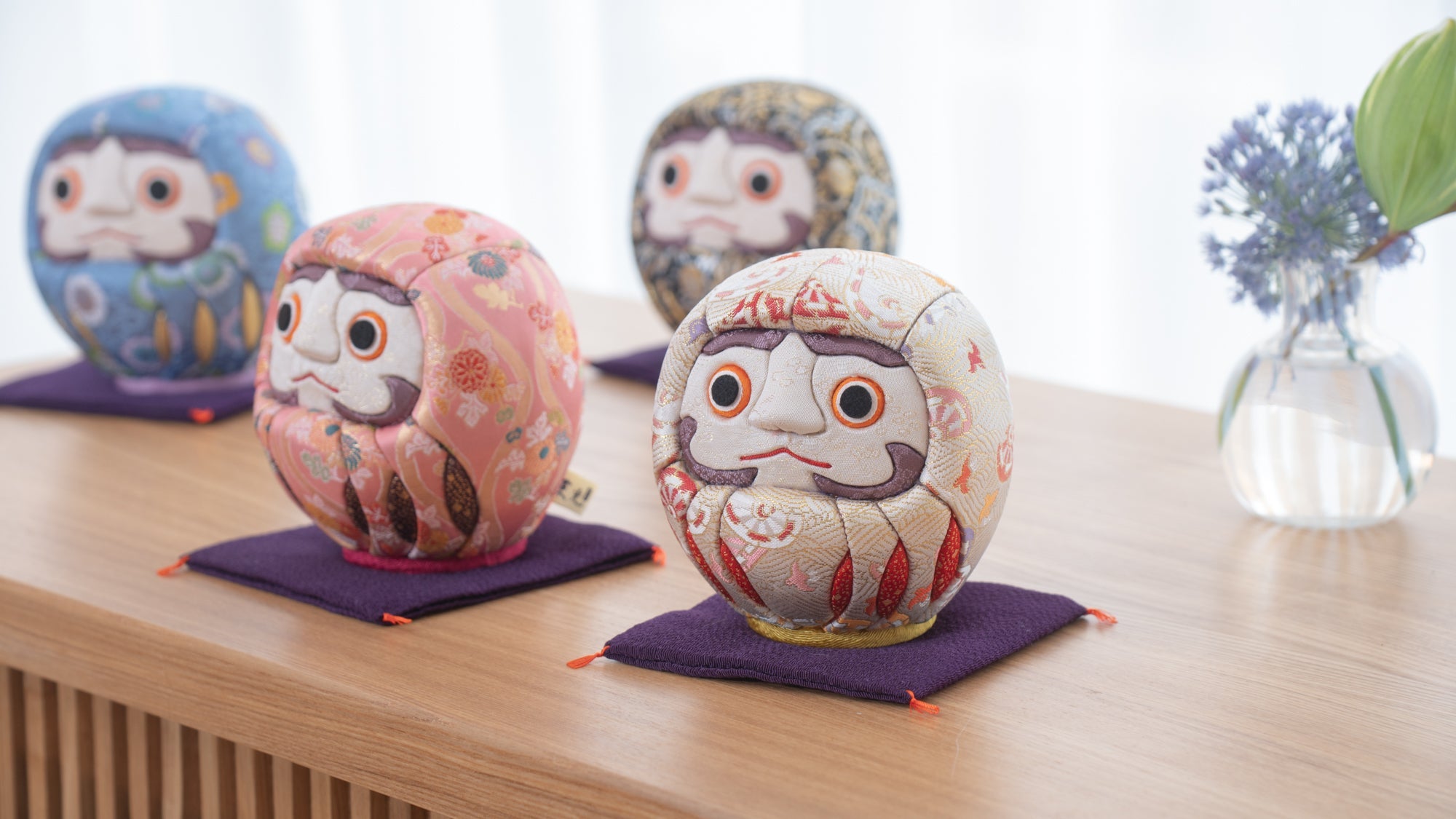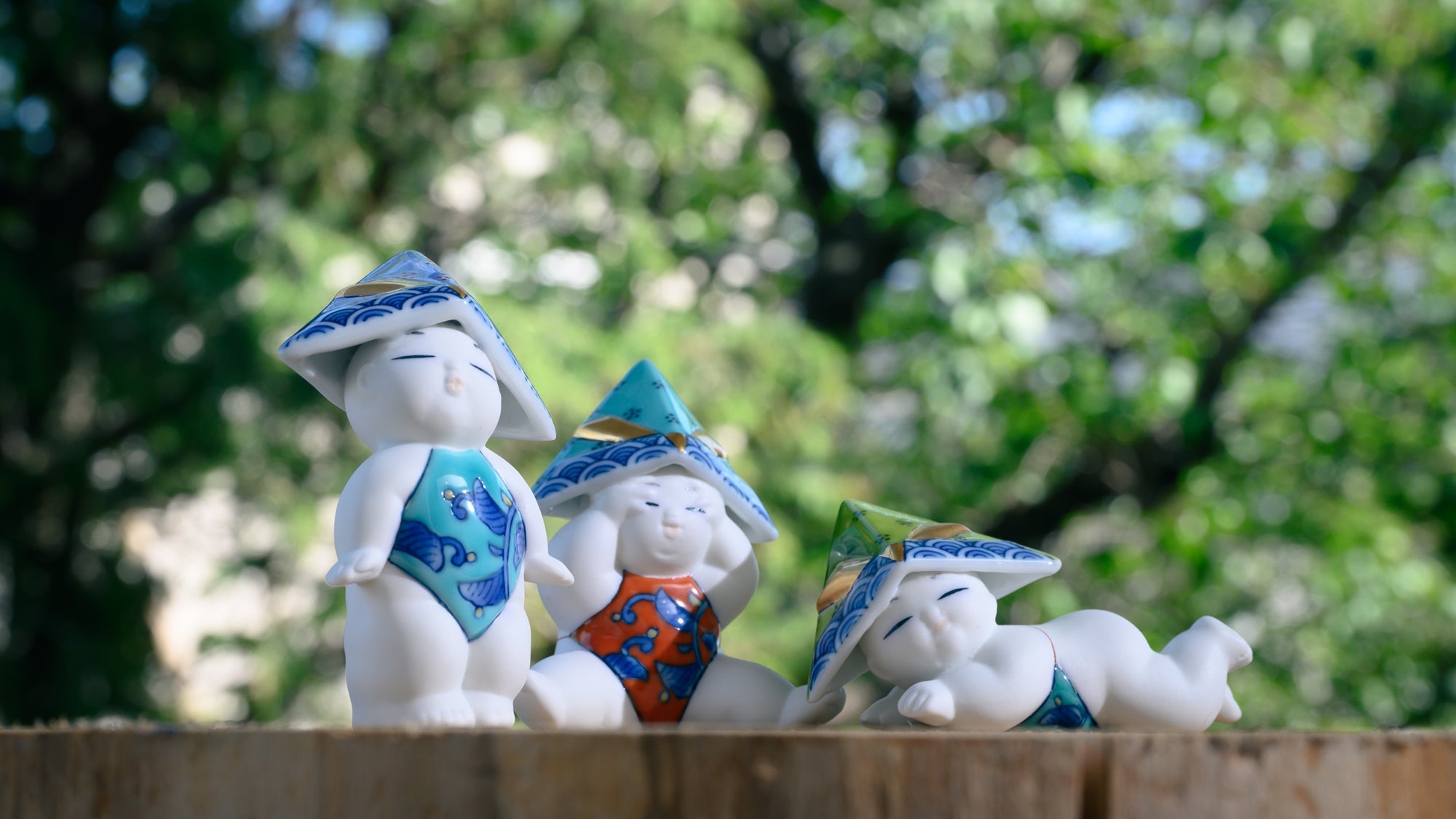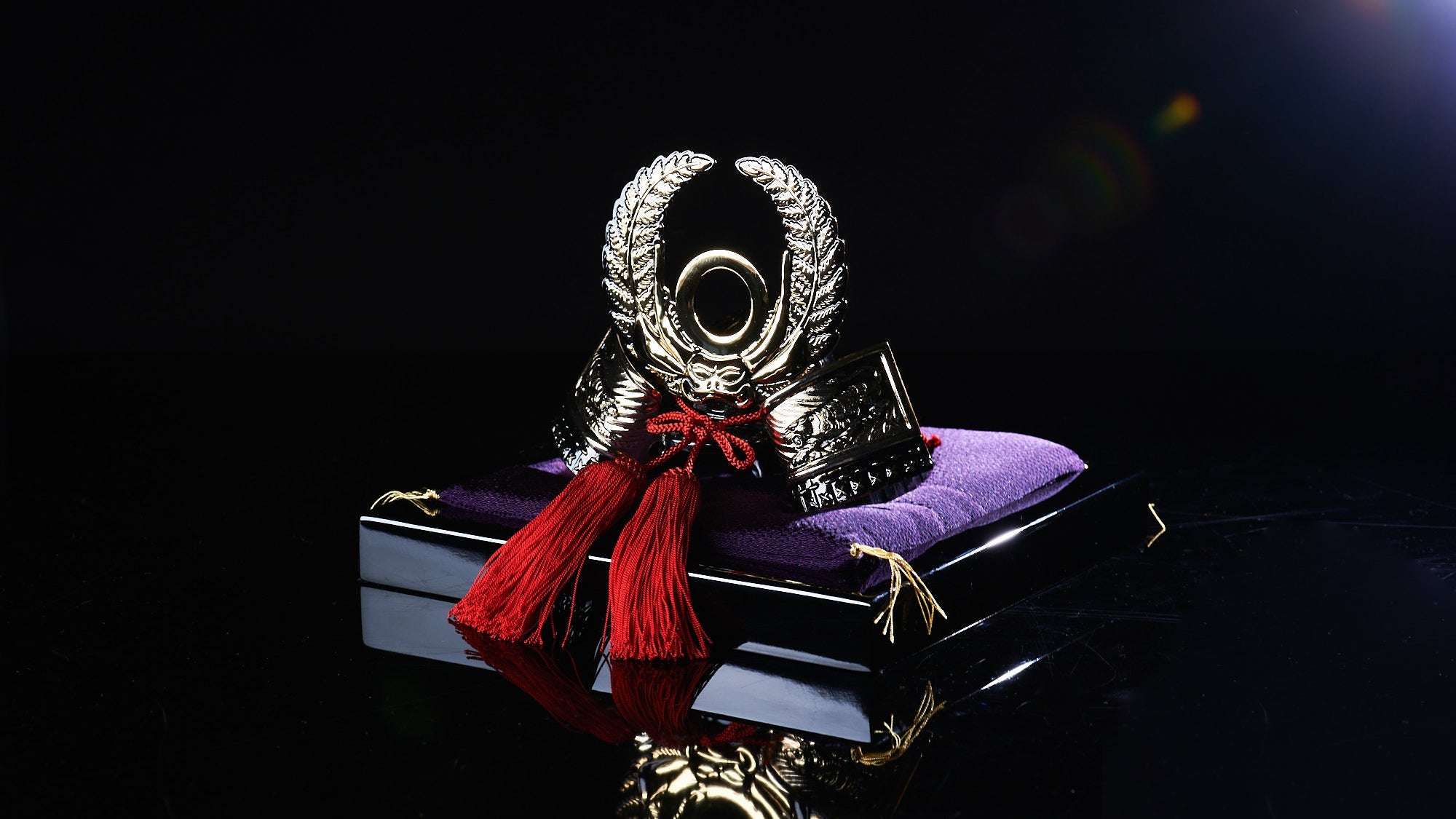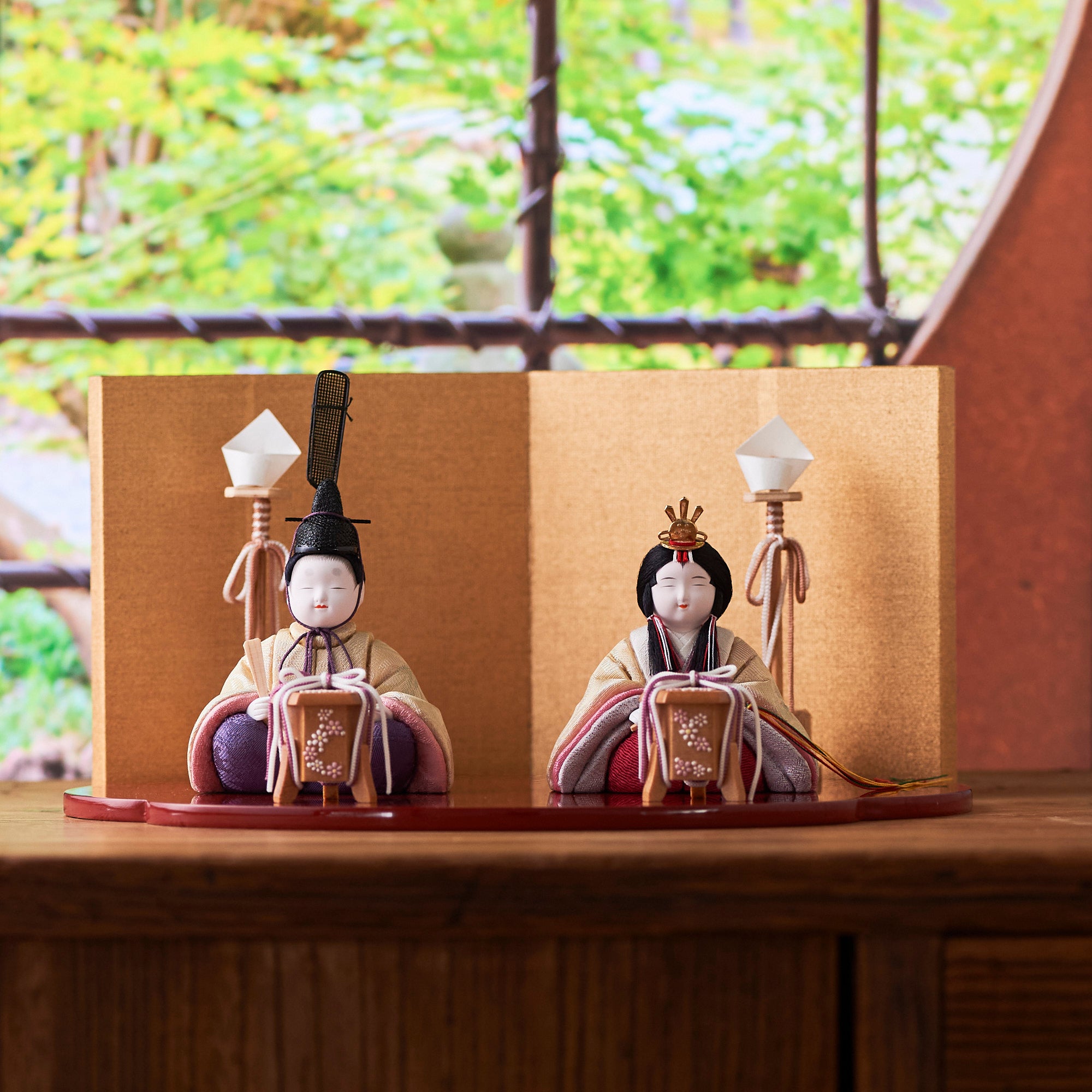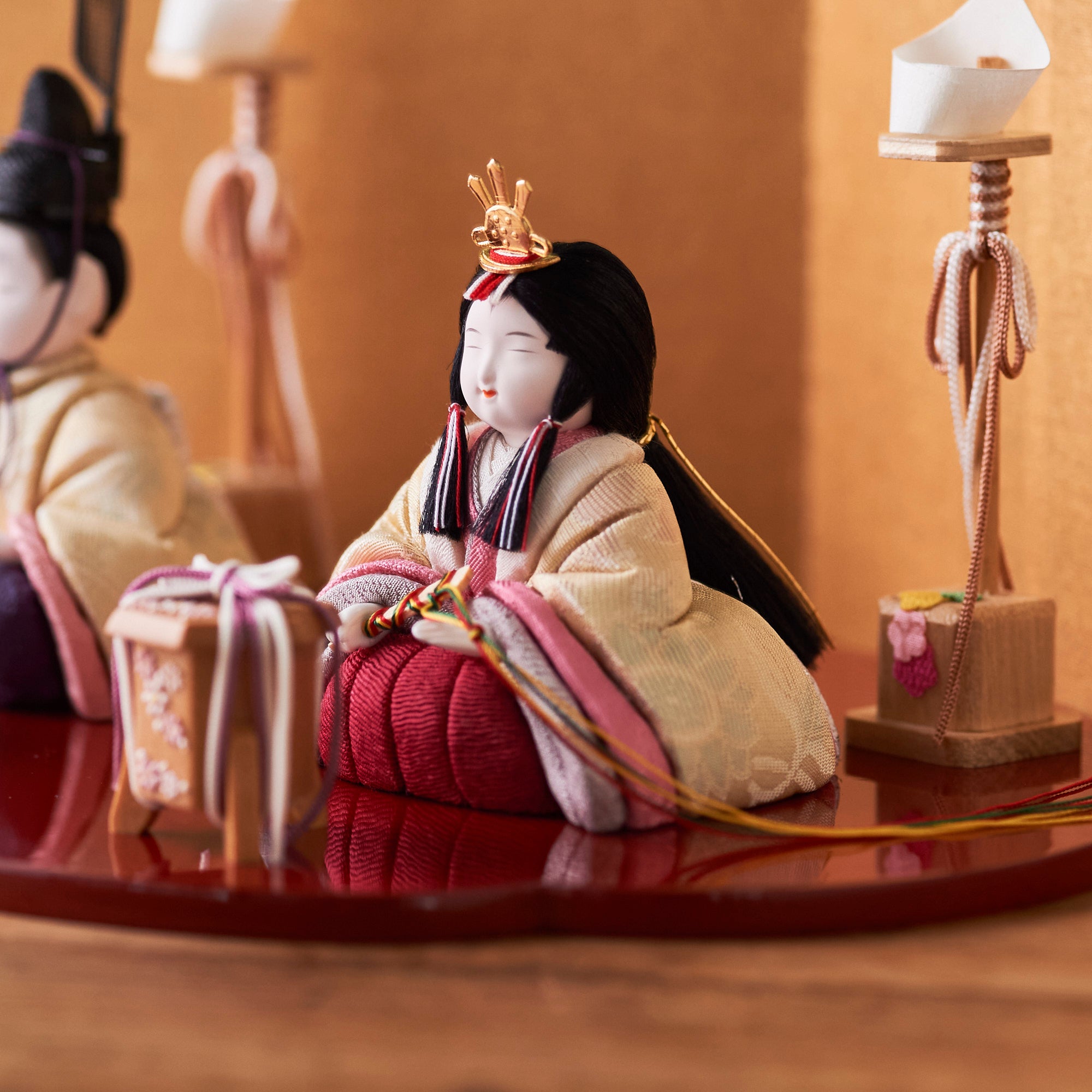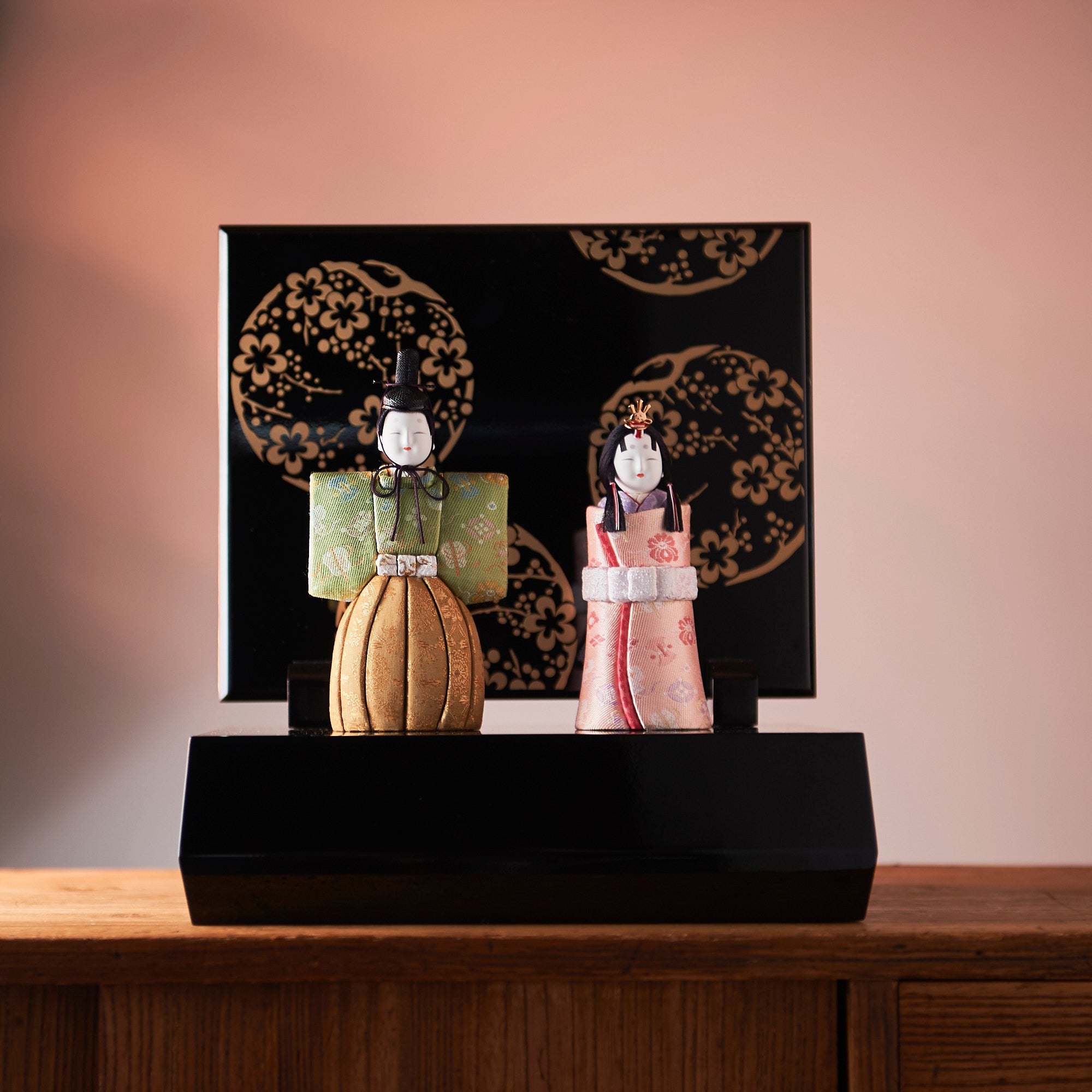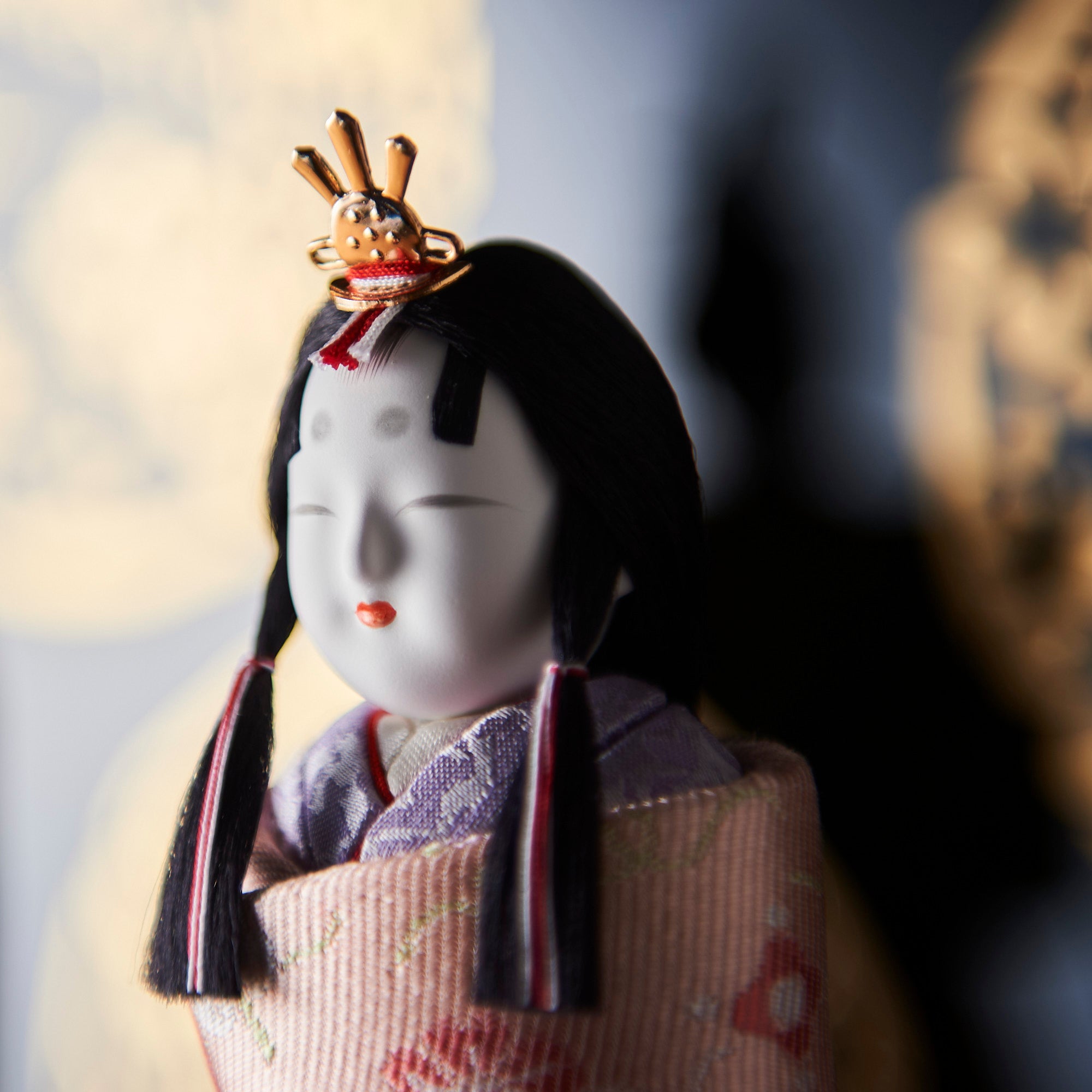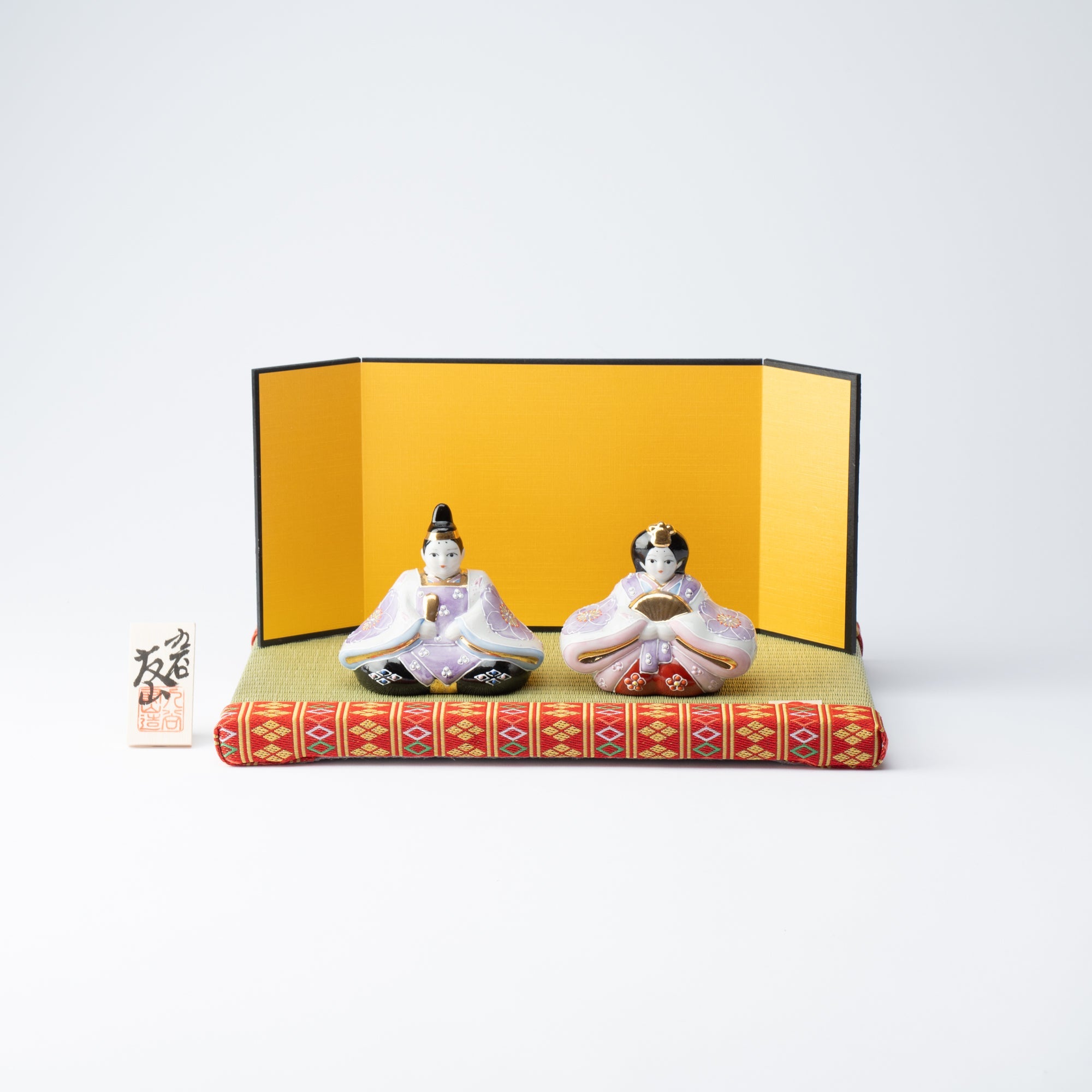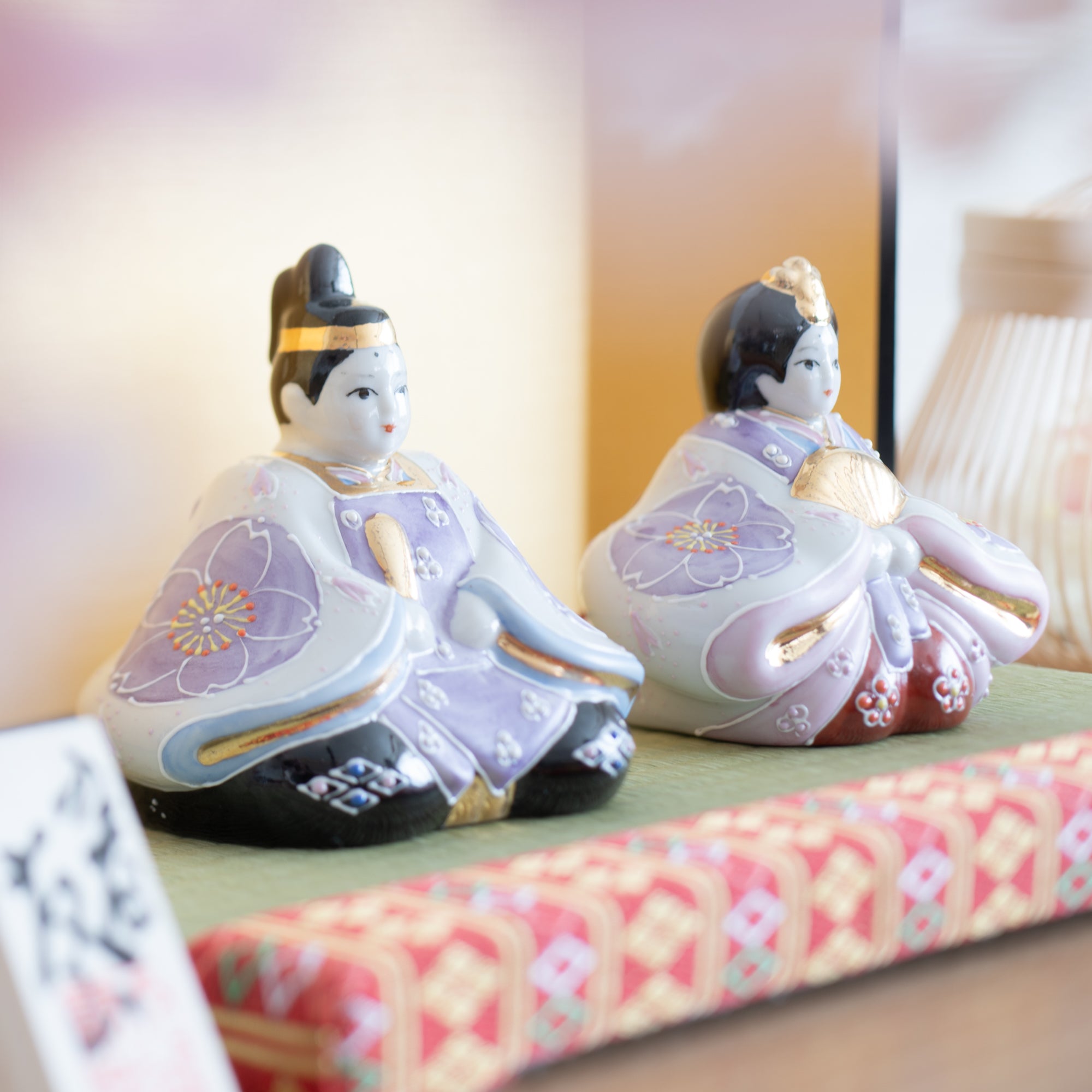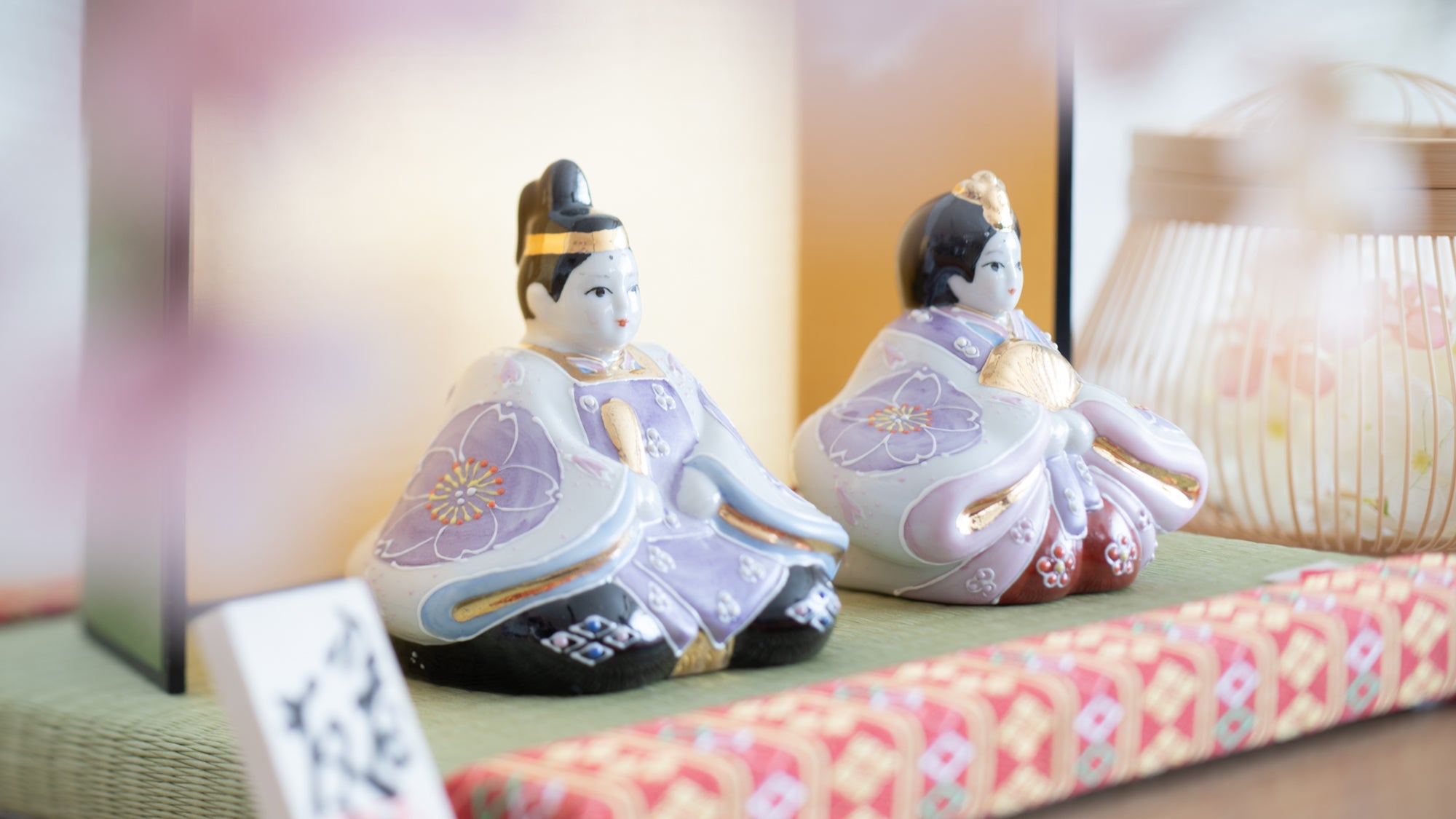
Hina Dolls
The tradition of celebrating a special day for girls by displaying hina dolls evolved from the Muromachi period (1336–1573 CE), when March 3rd was established as Hinamatsuri, to the Edo period (1603–1868 CE), during which the festival spread widely among the common people.
The placement of hina dolls is rooted in the hope for newborn girls to grow healthily, while also reflecting the wish for these dolls to act as surrogates, protecting them from misfortune. The hina dolls embody the profound blessings for their well-being and future happiness.
Related posts
Filters
Peony Arabesque Hina Dolls with Golden Folding Screen
Sale price$1,383.00 USD
Standing Hina Dolls with Maki-e Plum Blossom Screen
Sale price$1,697.00 USD
Purple Sakura Hina Dolls with Mini Tatami Mat
Sale price$408.00 USD


